Snapdragon 8 Gen 2: Meet the AI super chip that should power Samsung Galaxy S23
Here's what to expect from the chipset likely to feature in the biggest Android phones next year
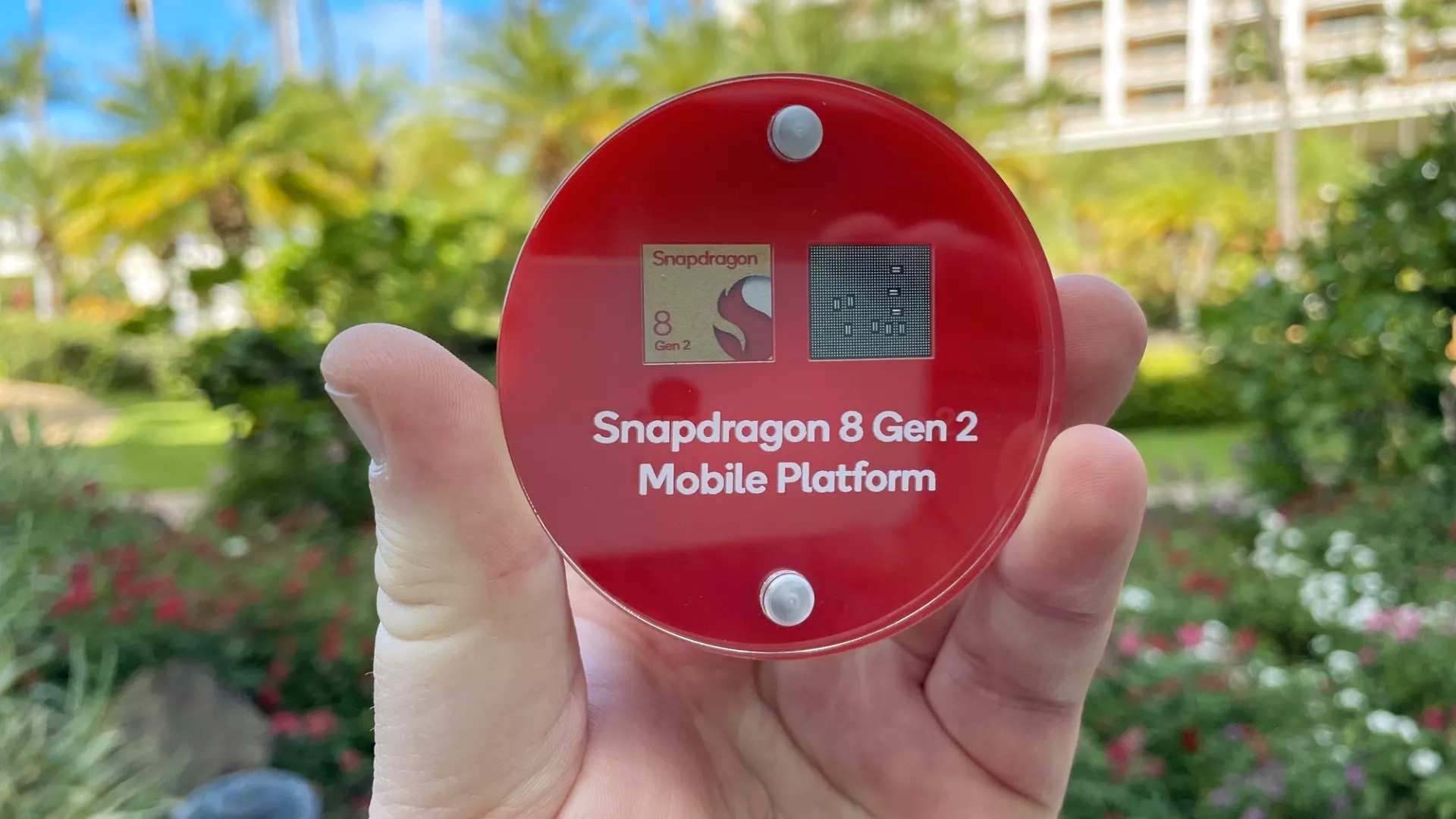
WAILEA, Hawaii — The chipsets powering smartphones are getting smarter, and the ones made by Qualcomm are no exception.
Qualcomm is showing off the flagship silicon that will power many of the best Android phones in 2023 — likely including the Samsung Galaxy S23 — and a beefed-up AI engine leads the parade of new features coming to the latest Snapdragon chip.
Specifically, the Snapdragon 8 Gen 2 unveiled at the Snapdragon Summit November 15 has been "purpose built for AI," according to Cisco Cheng, a senior director of product marketing at Qualcomm. That means a new Qualcomm AI Engine powered by an upgraded Hexagon processor that supports features like multi-language translation, customized wake words and camera capabilities that tap into artificial intelligence.
The Snapdragon 8 Gen 2 and its AI improvements arrive as rival chip makers are paying more attention to the neural processing capabilities of their own silicon. Think Google, which now designs its own Tensor chips to power a number of smart features unique to the company's handsets like the Pixel 7. MediaTek also touts the AI capabilities of the new Dimensity 9200 system-on-chip it announced a week ago.
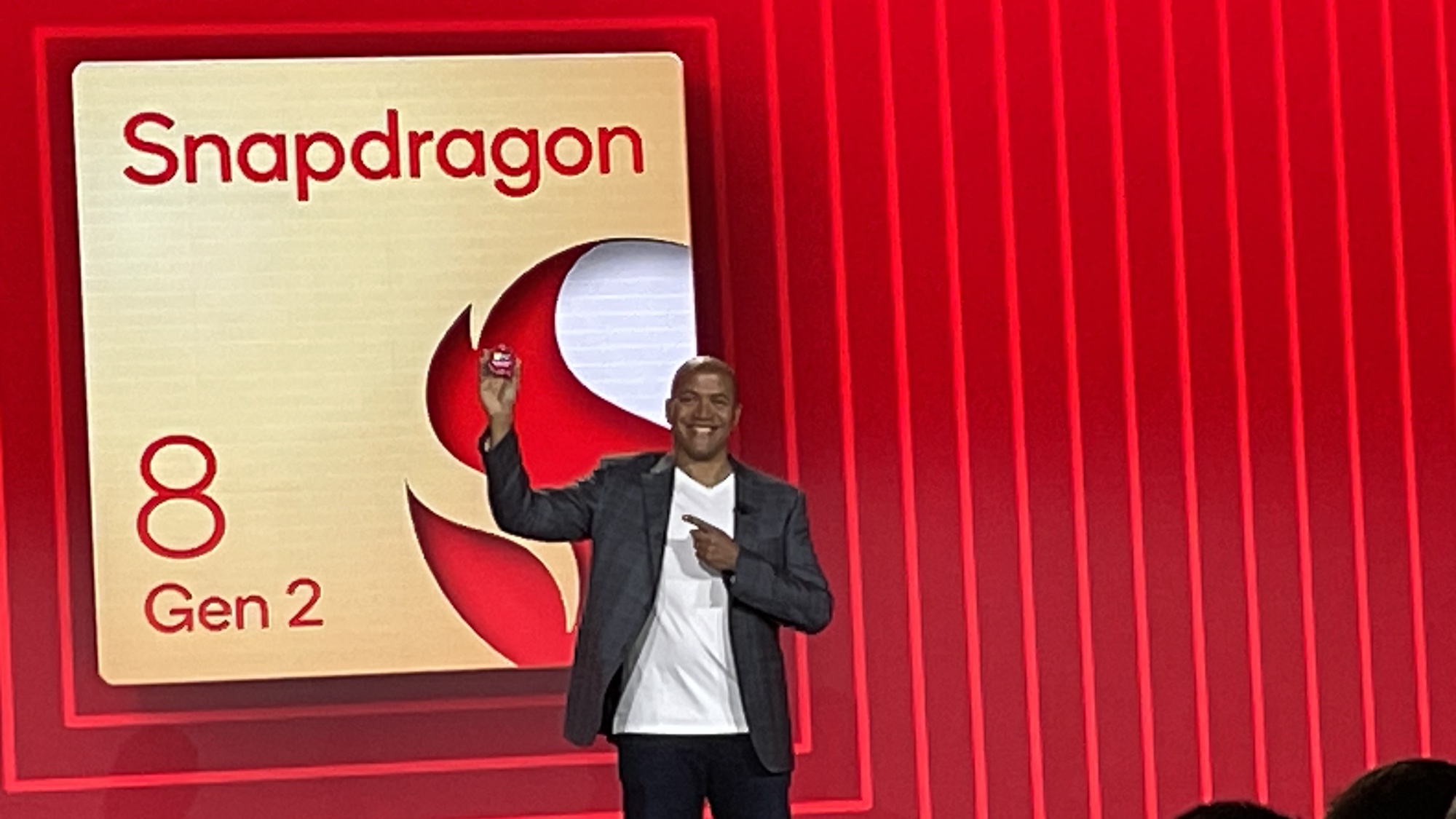
But it's the Snapdragon 8 Gen 2 that figures to power more of the marquee Android phones we're expecting to see in the coming year. And for that reason, it's worth paying attention to the upgrades Qualcomm's made to the successor to the Snapdragon 8 Gen 1 chipset introduced a year ago.
Here's what we know so far about the Snapdragon 8 Gen 2 and what it means for upcoming Android devices.
Snapdragon 8 Gen 2 availability
Qualcomm says the Snapdragon 8 Gen 2 will begin to appear in phones before the end of this year. We'd imagine that those early devices will be debuting in China initially, though Qualcomm is very particular about leaving specific phone announcements to its hardware-making partners.
Get instant access to breaking news, the hottest reviews, great deals and helpful tips.
To that end, the company did share the name of multiple phone makers who've committed to releasing Snapdragon 8 Gen 2 devices, including Motorola, OnePlus, Oppo, Redi Sony, Xiaomi and ZTE among the companies whose handsets are sold in the U.S. and Europe. That Qualcomm also called out makers of gaming phones like Asus Republic of Gamers, Nubia and RedMagic suggests that mobile gaming ranks high among the Snapdragon 8 Gen 2's feature set.
Conspicuously missing from that list of phone makers is Samsung, though that shouldn't raise any eyebrows. Samsung is usually left out of such Qualcomm announcements, even though the leading phone maker includes Snapdragon silicon in a lot of its handsets, including its Galaxy S flagship line.

In fact, the next version of that phone — the Samsung Galaxy S23 — has been tipped to feature the Snapdragon 8 Gen 2 in all models, not just the ones released in the U.S. and other markets. (Galaxy S phones in Europe have run on Samsung's own Exynos chips in recent years.)
Samsung may not have been mentioned during the Snapdragon 8 Gen 2 unveiling, but we won't have to wait long to see if the chipset makes its way into Samsung's next flagship — rumors have the S23 appearing as soon as late January.
Snapdragon 8 Gen 2: AI Engine
Qualcomm executives are talking up capabilities like the ability to translate multiple languages at once or blur the background in videos — features that will sound very familiar to Pixel 7 users.
The Qualcomm AI Engine on the Snapdragon 8 Gen 2 is the fastest Qualcomm has ever included on its silicon. The engine's tensor accelerator is twice as large as before and the Hexagon processor now support micro tile inferencing, a processor for speeding up neural network processing to power better AI experiences.
Those kinds of hardware changes translate to a 4.35x boost in AI performance over the Snapdragon 8 Gen 1, according to Qualcomm's math. Support for INT4 precision — the first time that's been included on a Snapdragon mobile platform — figures to bolster performance-per-watt by 60%.
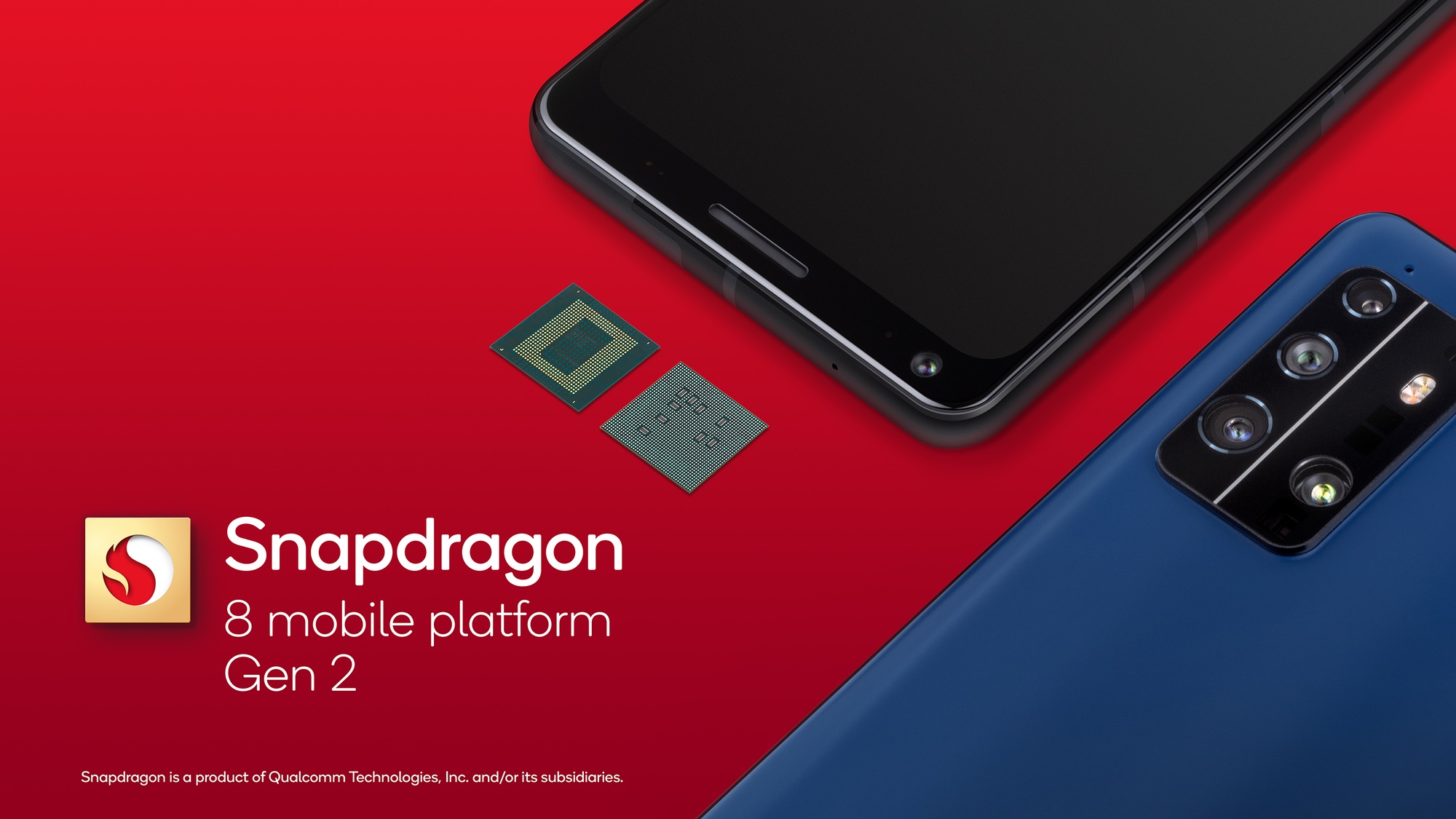
A faster, more power efficient AI Engine should enable new features on Snapdragon 8 Gen 2-powered phones that sound a lot like what Google's Tensor G2 chipset is bringing to the table for the latest Pixel 7 models. Qualcomm executives are talking up capabilities like the ability to translate multiple languages at once or blur the background in videos — features that will sound very familiar to Pixel 7 users.
In another change, Qualcomm is adding a second AI processor to the Qualcomm Sensing Hub, a feature that collects and analyzes data from all around you. In the past, that's fueled features like triggering AI-based noise cancellation in noisy settings or making your ringtone louder so that you can hear it over background noise. But dual AI processors could enable custom wake words to control specific apps, Qualcomm says.
Snapdragon 8 Gen 2: Performance improvements
Any new chipset is going to generate interest in how well it performs. Like its predecessor, the Snapdragon 8 Gen 2 is built on a 4-nanometer process, putting it in the same league as another 4nm chipset, the A16 Bionic.
The A16 Bionic delivers the best performance of any mobile chip we've tested, so to combat that, Qualcomm is going with a new Kryo CPU built around a prime core, four performance cores and three efficiency cores. That moves one of the efficiency cores from previous Snapdragon 8 chipsets into the performance core realm.
Qualcomm says its new CPU should be 35% faster than the Snapdragon 8 Gen 1. That kind of gain in, say, Geekbench 5 results would fall short of what the A16-powered iPhone 14 Pro can do on that benchmark, which measures overall performance. But it would be very close to the results we've seen from A15 Bionic-powered iPhones, which is particularly relevant as Apple still uses that chipset in its entry-level iPhone 14.
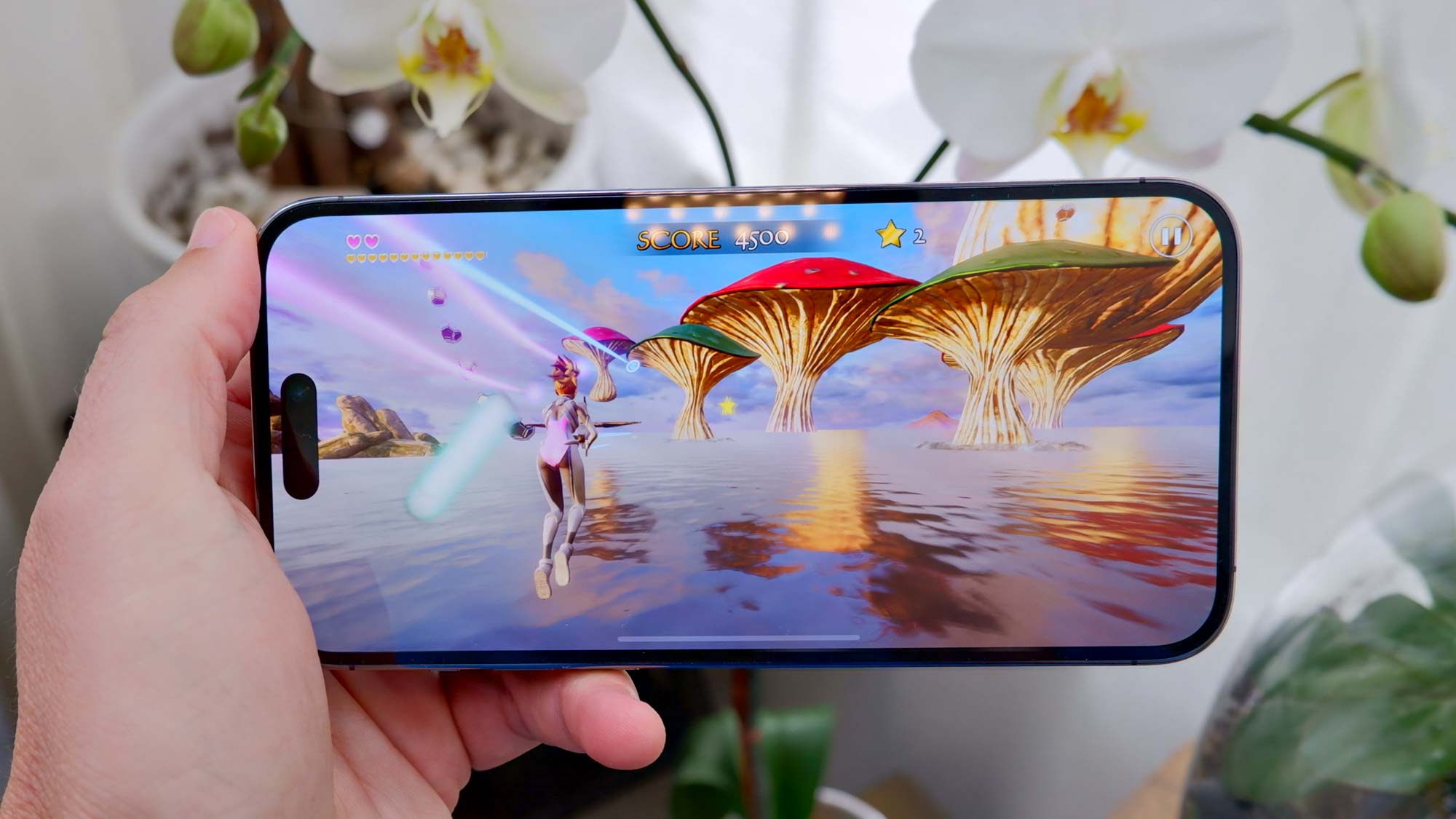
We had the chance to run some Snapdragon 8 Gen 2 benchmarks, and the new chip certainly delivers the promised performance improvements, with our Snapdragon 8 Gen 2-powered test device posting much better numbers than Snapdragon 8 Gen 1 phones like the Galaxy 22 Ultra in both general performance and graphics tests. Even more impressive, the Snapdragon 8 Gen 2 beat the A15 Bionic-powered iPhone 14 in a lot of the tests we ran, though the A16 Bionic still seems like the better performer.
The more intriguing number cited by Qualcomm involves the power efficiency of the Snapdragon 8 Gen 2's Kryo CPU. It's supposed to improve power consumption by 40%. A common complaint when we reviewed Snapdragon 8 Gen 1-powered phones this past year was unimpressive battery life, especially when we ran our custom battery test in which phones are made to surf the web over cellular until they run out of power.
We noticed an improvement to battery test results with the Snapdragon 8 Plus Gen 1 chipset that came out later in the year. Hopefully, the Snapdragon 8 Gen 2 leads to even bigger gains in helping phones to last longer on a charge.
Snapdragon 8 Gen 2: Snapdragon Elite Gaming
Like the Kryo CPU, the Adreno GPU on board the Snapdragon 8 Gen 2 also gets a boost over its predecessor. Qualcomm expects a 25% bump in graphics rendering and a 45% boost to power efficiency, each when compared to the Snapdragon 8 Gen 1.
Qualcomm is also adding to the array of Snapdragon Elite Gaming features, the chip maker's initiative for bringing console-quality gaming to smartphones. The Snapdragon 8 Gen 2 will be Qualcomm's first chipset to offer real-time hardware-accelerated ray tracing. That should mean more realistic light and reflections when you're playing graphically demanding mobile games.
Also new is Snapdragon's support for the Unreal Engine 5 Metahumans framework that's been optimized for mobile. The added support should allow games to feature more photorealistic human characters.
Qualcomm says the Snapdragon 8 Gen 2 is the first mobile platform with Vulkan 1.3 support, boosting Vulkan performance by 30%.
Snapdragon 8 Gen 2: Image signal processor and camera capabilities
The AI neural engine can recognize faces, facial features, hair, clothes and sky among other things, optimizing and image tuning each part of a photo.
Cameras support remains a critical part of Qualcomm's system-on-chip, so the Snapdragon 8 Gen comes equipped with the Spectra 18-bit triple cognitive image signal processor (ISP). For the first time, the Spectra ISP is powered by artificial intelligence with the help of an AI neural engine.
The AI neural engine can recognize faces, facial features, hair, clothes and sky among other things, optimizing and image tuning each part of a photo. It's known as real-time semantic segmentation, allowing the ISP to recognize and optimize each aspect within a frame. Snapdragon chipsets have supported semantic segregation since the Snapdragon 865, but now it's part of the hardware itself. That means the AI engine is talking to the ISP, telling it whether each pixel makes up a face or sky or some other part of the picture; the ISP then processes that pixel accordingly.

Last year's Snapdragon 8 Gen 1 chipset put bokeh blurs in the hands of the hardware. That feature's being improved with the Snapdragon 8 Gen 2 so that the size and shape of the blur can change on the fly.
The Snapdragon 8 Gen 2 can support photo capture of up to 200MP — good news for all those rumors of a Samsung Galaxy S23 Ultra with a 200MP main camera. You'll also get support for 8K HDR video capture in 10-bit HDR.
We got a chance to see some camera demos during the November Snapdragon Summit, and there are 5 killer camera features supported by the Snapdragon 8 Gen 2 that you should get excited about.
Snapdragon 8 Gen 2: Connectivity
On the connectivity front, the Snapdragon 8 Gen 2 features the Snapdragon x70 modem Qualcomm announced earlier this year. That modem features a dedicated AI processor for optimizing 5G performance.
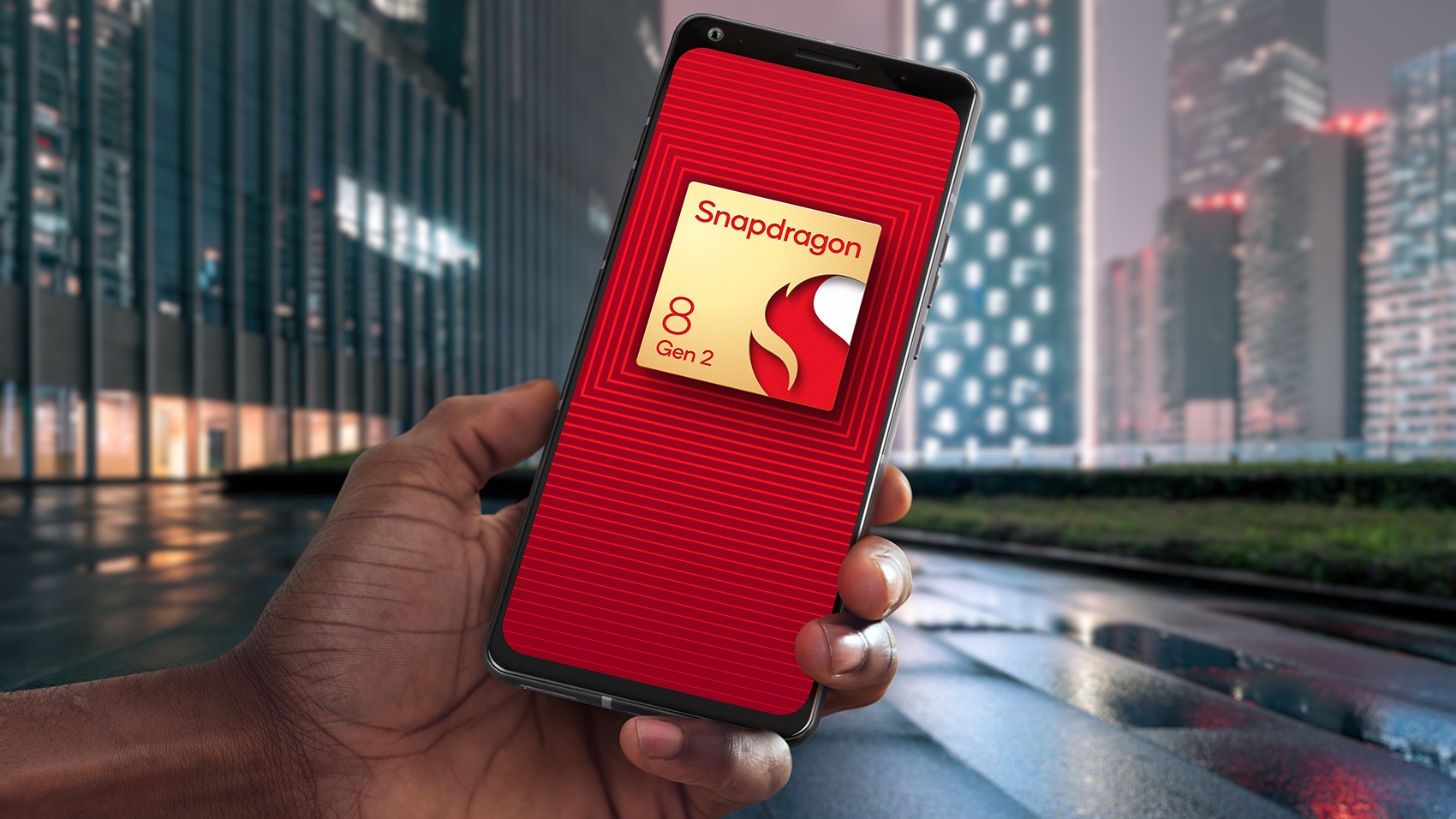
Just as significantly, the Snapdragon 8 Gen 2 will support 5G+5G/4G Dual-SIM Dual-Active (DSDA), which allows for the use of two 5G+5G or 5G+4G SIM cards at once for greater flexibility.
Chip makers are adding Wi-Fi 7 support to their silicon these days, even if Wi-Fi 7-ready devices aren't widely available yet. Nevertheless, the Snapdragon 8 Gen 2 joins MediaTek's Dimensity 9200 in supporting the new wireless standard.
According to Qualcomm, the Snapdragon 8 Gen 2's FastConnect 7800 system with Wi-Fi 7 taps High-Band Simultaneous Multilink to deliver massive throughput. Wi-fi speeds can reach up to 5.6 Gbps, doubling the performance of Wi-Fi 6.
Snapdragon 8 Gen 2: Sound and security
Other Snadpragon 8 Gen 2 features include support for Qualcomm's Snapdragon Sound audio standard. That includes support for spatial audio with dynamic head-tracking and as well as 48kHz lossless music streaming support.
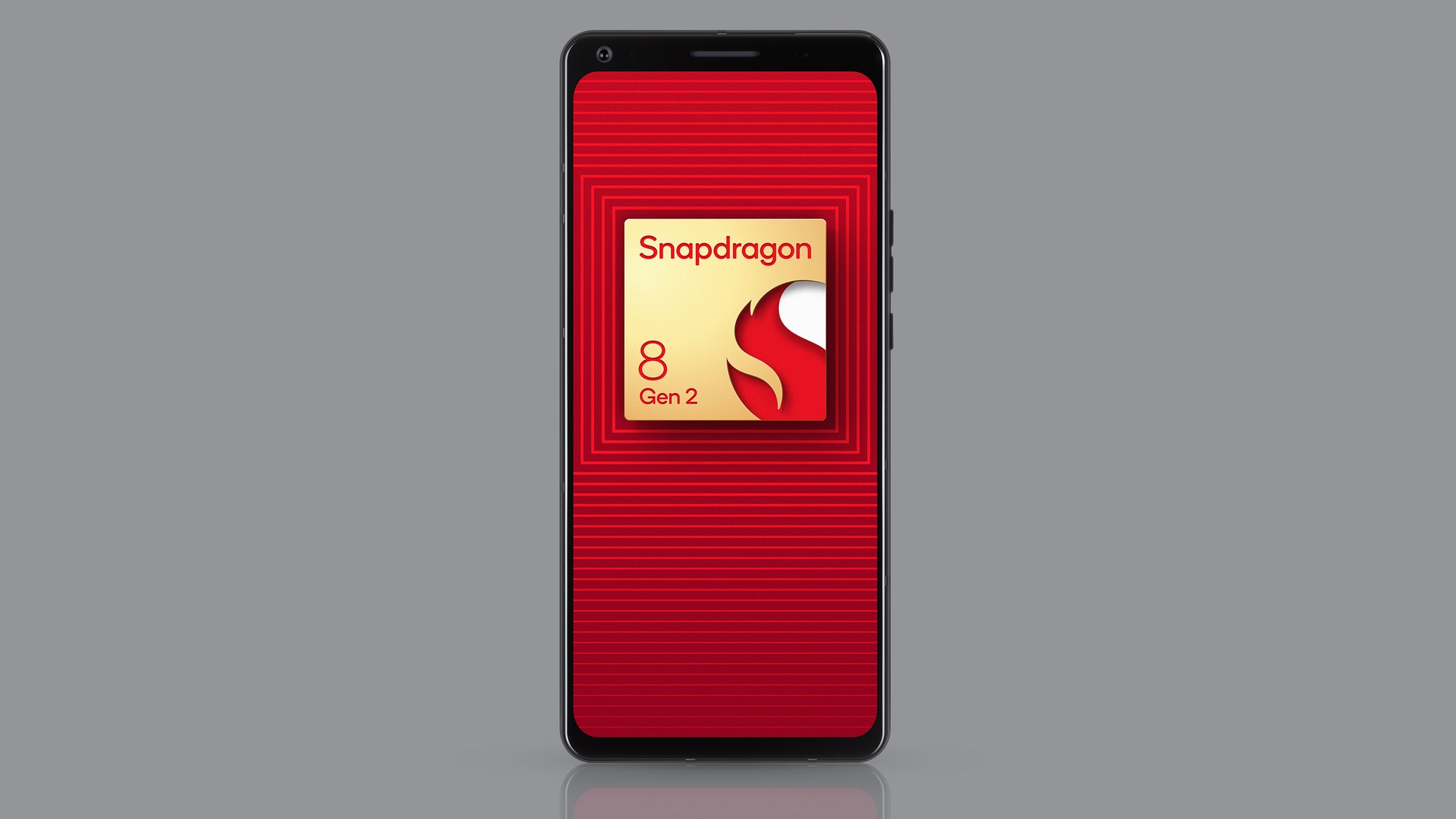
Security comes through Snapdragon Secure, which promises the latest support for isolation, cryptography, key management and attestation among other security features. Qualcomm says its new chipset gets an updated face unlocking system, too.
Snapdragon 8 Gen 2: Outlook
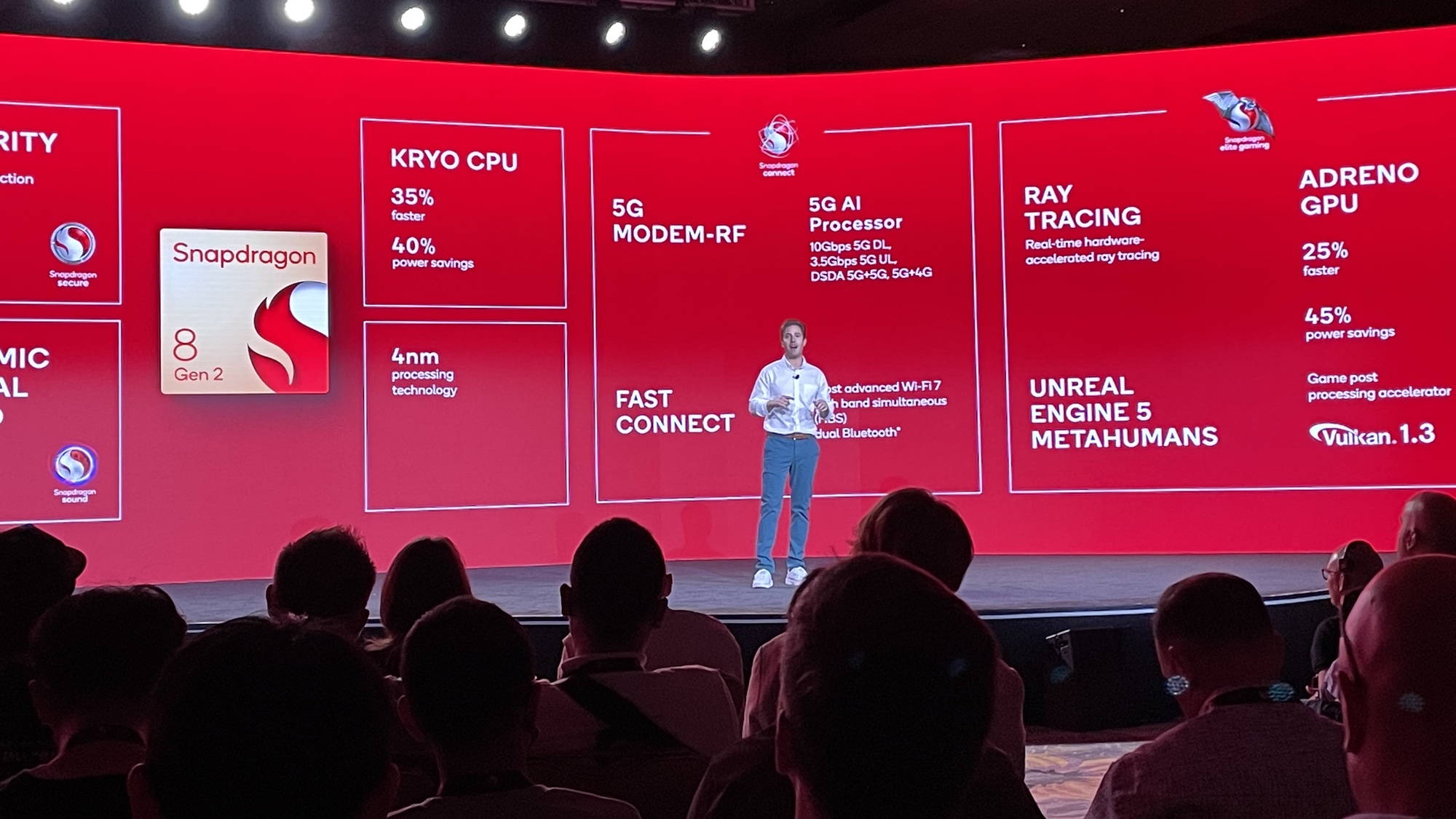
Because of Qualcomm's prominence as a chipmaker, there's no doubt we'll see the Snapdragon 8 Gen 2 in some very significant phones. And with the release timeframe Qualcomm is promising, devices powered by the Snapdragon 8 Gen 2 are going to hit retail shelves very soon.
When they do arrive, we'll be looking forward to seeing how performance compares to Apple's A16 Bionic and A15 Bionic as always. And the improvements to the Qualcomm AI engine makes us curious to see how phone makers take advantage of that: will Snapdragon 8 Gen 2 devices give Google's Tensor-powered Pixels a run for their money when it comes to AI-fueled experiences?
We can't answer these questions until Snapdragon 8 Gen 2 phones arrive. But 2023 is already shaping up to be a very interesting year on the smartphone front.
We may soon see the Snapdragon 8 Gen 3 arrive to replace this chip, earlier than we'd expected.
Philip Michaels is a Managing Editor at Tom's Guide. He's been covering personal technology since 1999 and was in the building when Steve Jobs showed off the iPhone for the first time. He's been evaluating smartphones since that first iPhone debuted in 2007, and he's been following phone carriers and smartphone plans since 2015. He has strong opinions about Apple, the Oakland Athletics, old movies and proper butchery techniques. Follow him at @PhilipMichaels.

